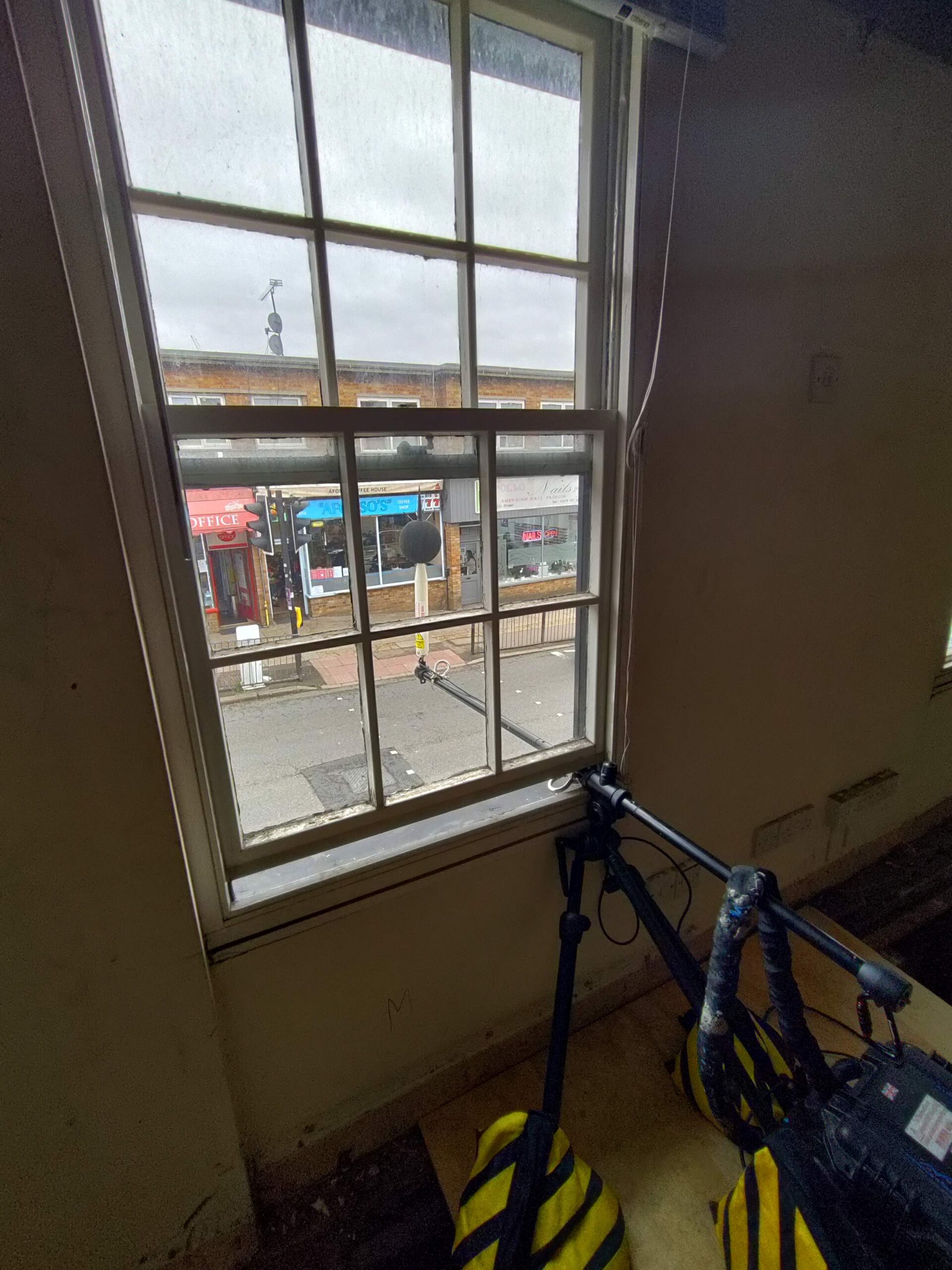
Noise Surveys
Building Compliance Testing Limited can provide you with a range of Noise Surveys, also known as Noise Impact Assessments or Acoustic Reports. If requested, these are normally required as part of a planning application.
 Environmental Acoustics and Surveying Services
Environmental Acoustics and Surveying Services
A noise survey is an important condition of planning permission and a requirement for the evaluation of a potential noise source by environmental health officers. The Control of Pollution Act (1974) identified noise as a type of pollution with the World Health Organisation identifying the impact to health of those who are affected. The impact of noise can refer to residents and commercial premises that
are situated nearby.
Noise Impact Assessments
Noise Impact Assessments (NIA) predict the impact that noise from a development is likely to have on the surrounding area. A noise impact assessment may be requested for a residential development or a commercial premise which wants to alter their operating hours. Planning Departments at the Local Authority may require the Assessment of Noise prior to granting permission for a development or as a condition of planning.
road traffic noise – rail noise – aircraft noise – commercial plant noise – industrial noise
At Building Compliance Testing we can provide a wide range of unattended monitoring solutions, attended surveys day and night and full reporting. Learn more about our specific services below.
BS8233 Sound Insulation and Noise Reduction for Buildings
BS 8233 is a British Standard that provides guidance on the design and assessment of sound insulation and noise reduction within buildings. Titled “Sound insulation and noise reduction for buildings,” it offers recommendations for minimising noise transfer between different parts of a building and for ensuring acoustic comfort within various types of structures, including residential, commercial, and industrial buildings.
BS4142 Methods for Rating and Assessing Industrial and Commercial Sound
BS 4142 is a British Standard that provides guidelines and criteria for assessing the potential impact of noise from industrial and commercial sources on nearby residential areas. Titled “Methods for Rating and Assessing Industrial and Commercial Sound,” this standard outlines procedures and criteria for evaluating noise emissions from various sources and their potential effects on the surrounding environment, particularly residential properties.
Other Noise and Acoustic Services
We can also offer a variety of other specialist services through our Partners, including:
– BS5228 Control of Construction Noise
– BREEAM POL05 Noise Attenuation
– BREEAM HEA05 Acoustic Performance
– Noise Monitoring
– Workplace Noise Assessment
– Noise Attenuation Modelling
– BB93 Acoustic Design of Schools
 Noise Survey Frequently Asked Questions
Noise Survey Frequently Asked Questions
Questions? We’ve Got Answers!
Find below a list of common frequently asked questions about Environmental Acoustics.
What is a BS:4142?
The current version of the BS 4142 was introduced in 2014. The BS4142 provides the methodology of rating industrial noise
affecting mixed residential and industrial areas. A 4142 assessment is often requested when a proposed residential
development is close to a source of industrial or commercial noise.
The method is used extensively by Local Authorities (LA) to quantify noise pollution. The result of the assessment predicts
whether the occupants of residential buildings are likely to complain about the noise. If complaints are likely, Local Authority
may treat the noise as a Statutory Nuisance and issue an order to abate the noise.
A BS4142 assessment is a comparison of the level of the offending noise with the underlying ‘background’ noise. The offending
noise level is called the specific noise level which cannot be measured since it will occur in the presence of other noise
sources. Corrections are made by the consultant depending on the characteristics of the source. A rating level is produced
following attribution of corrections.
The Rating level is compared with the background level with the following indications:
- + 10 dB (complaints are likely)
- + 5 dB (marginal significance)
- – 10 dB (complaints unlikely)
What is a BS:8233?
The current version of the BS8233 was introduced in 2014. The BS8233 provides Guidance on Sound Insulation and Noise
Reduction for Buildings. The BS 8233 is a reference for advice on managing noise within and around buildings.
The BS 8233 standard provides appropriate guidance for internal and external noise levels including bedrooms, living and amenity spaces.
As part of a BS 8233 survey, a baseline measurement of the noise environment is established within a proposed development
area. Following the defined noise environment, the noise impact on residential dwellings is assessed. The level of noise impact
to occupants of the future development is analysed according to BS8233:2014.
A technical report is produced following completion of the BS8233 noise survey. Recommendations and proposed
amendments are made within the report to ensure the development complies with British Standards. The report is sent to the
Local Authority (Council) for approval. The responsibility falls on the developer to ensure all recommendations, amendments
and mitigation measures are completed.
 Have a project in mind?
Have a project in mind?
Let’s get to work.
 Building Compliance Testing empowers the built environment sector to deliver projects that go beyond environmental planning and building regulation compliance.
Building Compliance Testing empowers the built environment sector to deliver projects that go beyond environmental planning and building regulation compliance.
From concept to completion, we provide all your compliance needs under one roof.
Build. Comply.
Sitemap
Careers
Privacy Policy
Terms and Conditions
 Contact Us
Contact Us
Office Address
26 Wantz Road, Maldon Essex CM9 5DE
Call Us 24/7
01621 493594
Email Us
contact@buildingcompliancetesting.com
Follow Us
@build_comply
